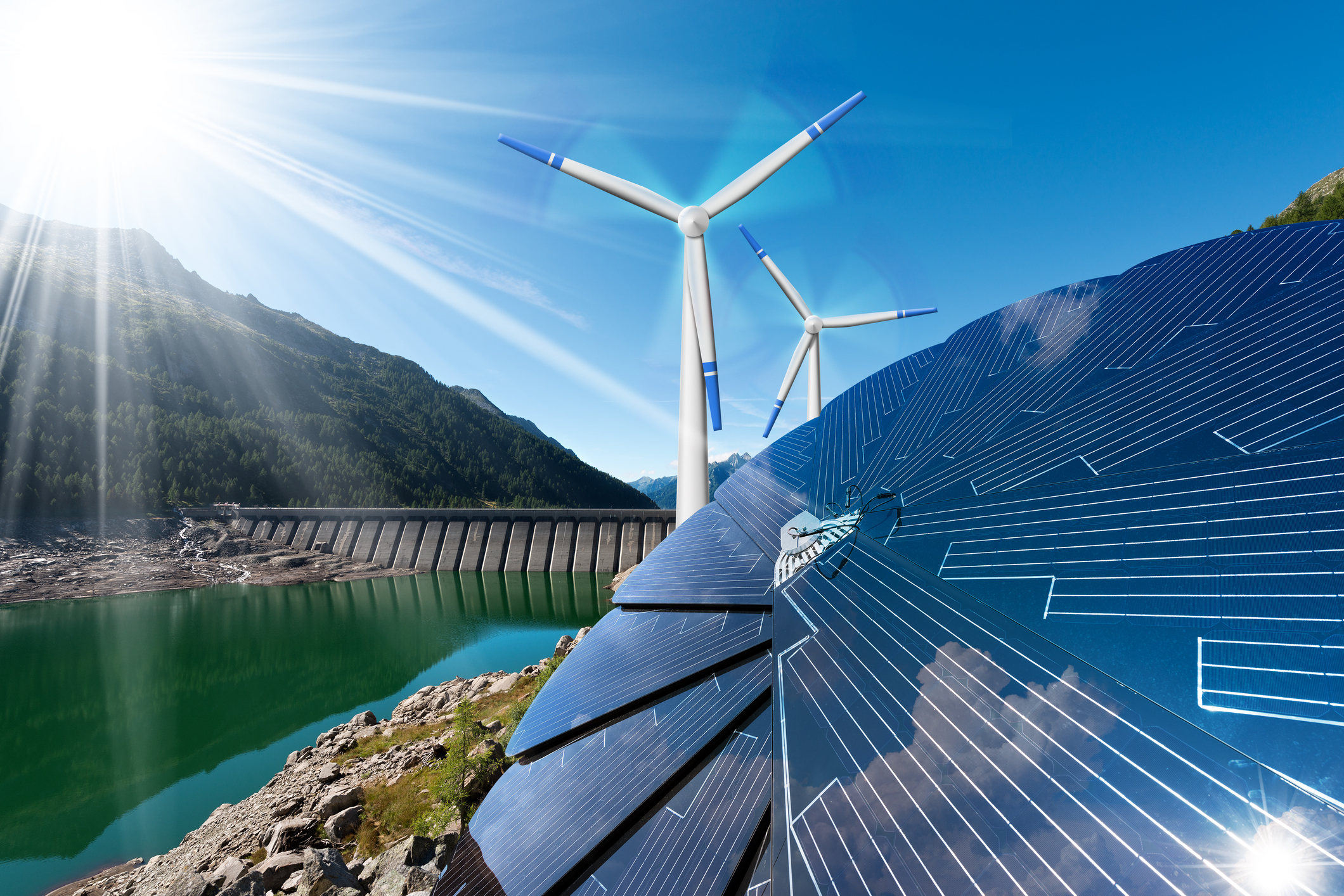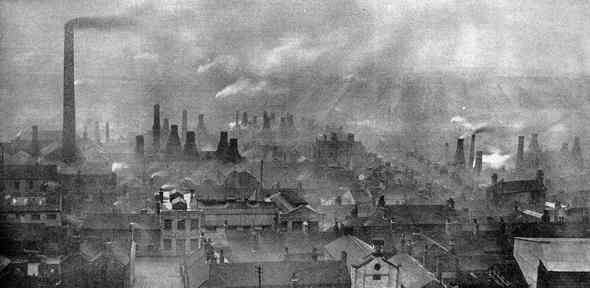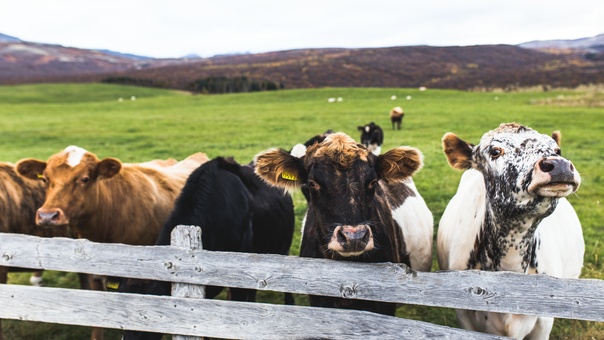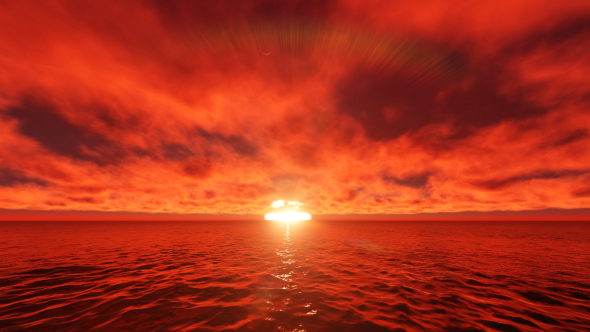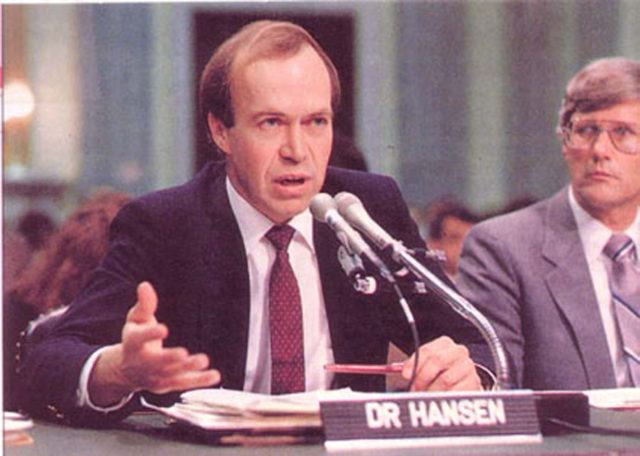Global Warming is one of the major topics currently circulating around the world right now. It is a topic of global importance, however, not everyone is aware of the facts behind this topic.
During the course of this blog series, I will be giving readers a better view of what Climate Change is, a history behind it, actions taken for and against it, and what we can do to help out. This will be similar to my first video but will have feature more details for each of the segments as well as some new segments.
For this first segment, we will be exploring the definitions of climate change and the interpretations behind those definitions.
There are many definitions of Global Warming and Climate Change, the ones that people come across the most are found on Google.
Google defines Global Warming as "a gradual increase in the overall temperature of the earth's atmosphere generally attributed to the greenhouse effect caused by increased levels of carbon dioxide, chlorofluorocarbons, and other pollutants."
Google defines Climate Change as "a change in global or regional climate patterns, in particular, a change apparent from the mid to late 20th century onwards and attributed largely to the increased levels of atmospheric carbon dioxide produced by the use of fossil fuels."
Both of these definitions are very similar and cover basically the same areas. Because the definitions are so similar, people oftentimes ask the question "What's the difference between Global Warming and Climate Change? NASA gives us an answer to this question.
From the NASA Global Climate Change Website:
“Global warming” refers to the long-term warming of the planet. Global temperature shows a well-documented rise since the early 20th century and most notably since the late 1970s. Worldwide, since 1880 the average surface temperature has risen about 1 °C (about 2 °F), relative to the mid-20th-century baseline (of 1951-1980). This is on top of about an additional 0.15 °C of warming from between 1750 and 1880.
“Climate change” encompasses global warming, but refers to the broader range of changes that are happening to our planet. These include rising sea levels, shrinking mountain glaciers, accelerating ice melt in Greenland, Antarctica and the Arctic, and shifts in flower/plant blooming times. These are all consequences of the warming, which is caused mainly by people burning fossil fuels and putting out heat-trapping gases into the air. The terms “global warming” and “climate change” are sometimes used interchangeably, but strictly they refer to slightly different things.
NASA's interpretation of these definitions shows that although the two definitions apparently can be used interchangeably. they actually refer to different climate phenomenon.
I thought it was interesting how NASA believes that Climate Change refers to the changes that are the consequences of Global Warming and how Global Warming can refer to a period of warming across the planet with the most notable time being right now.
Hopefully, your definition of the two terms has been strengthened by this post, and please continue reading the following 9 posts which further explain the many parts of this issue of Global Warming & Climate Change. The next post will go into how the threat of Climate Change was realized back in the 1980s.


